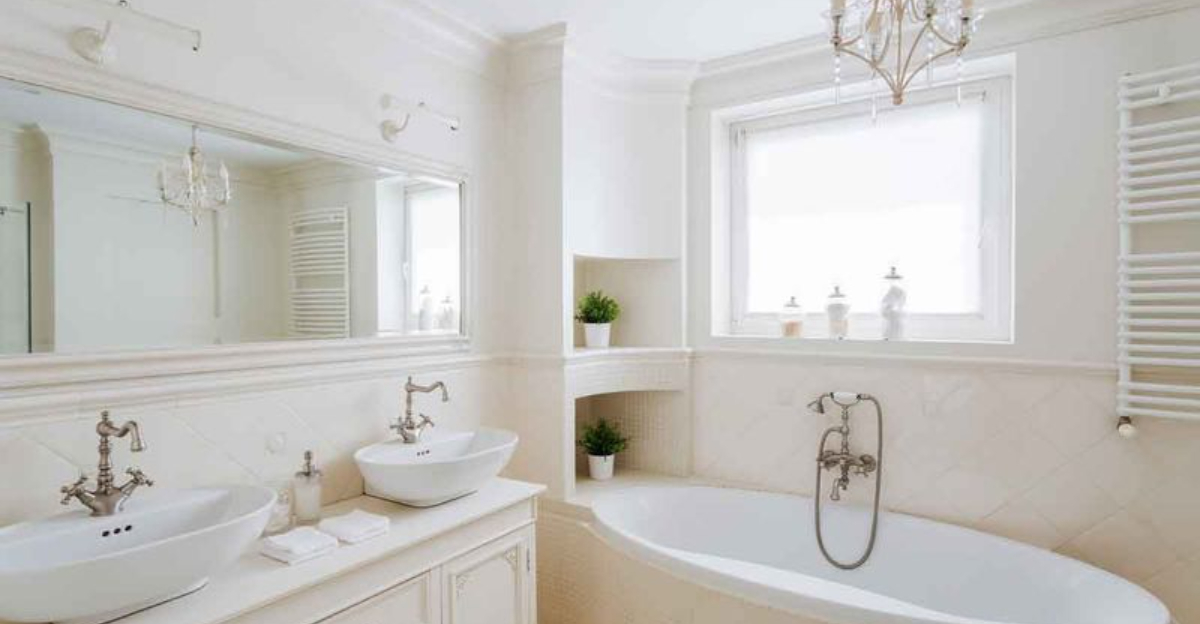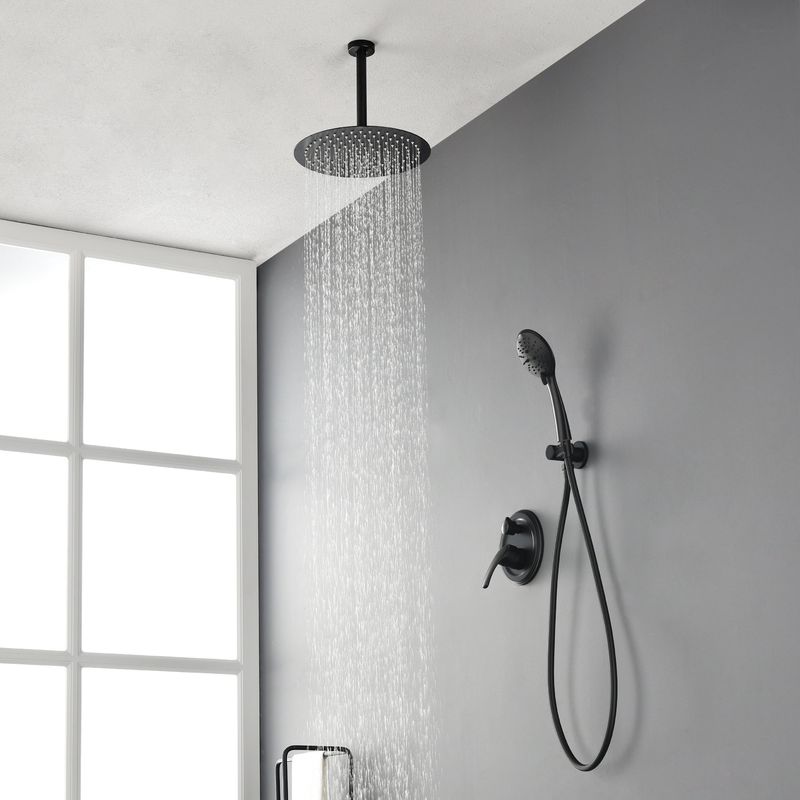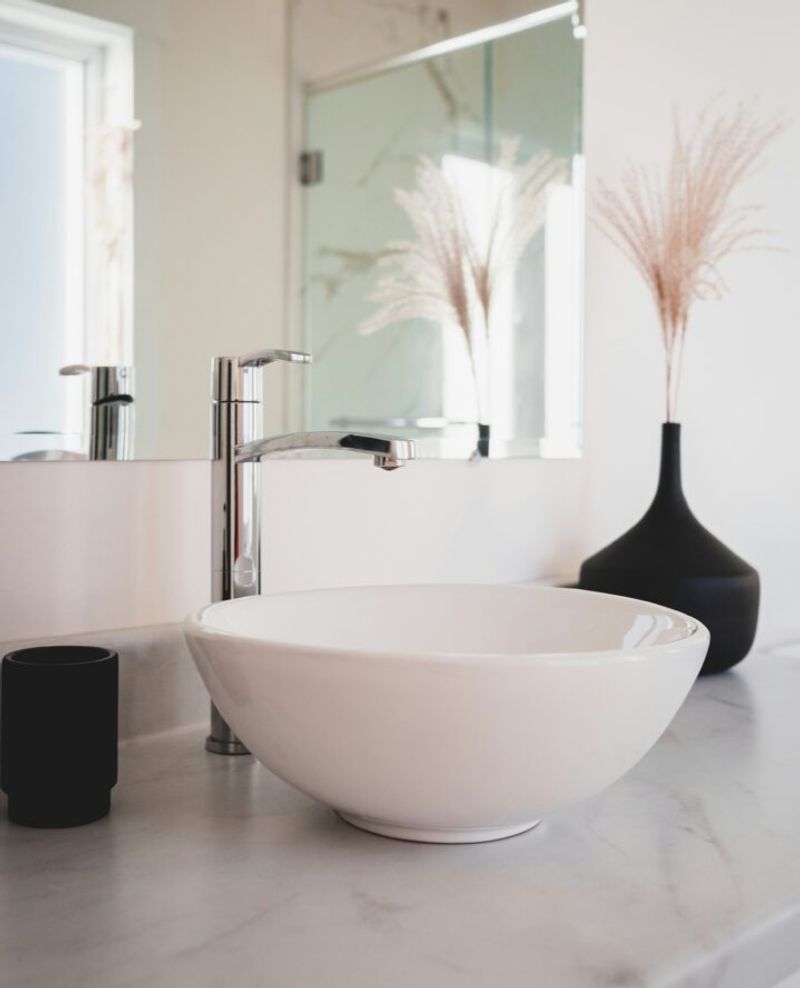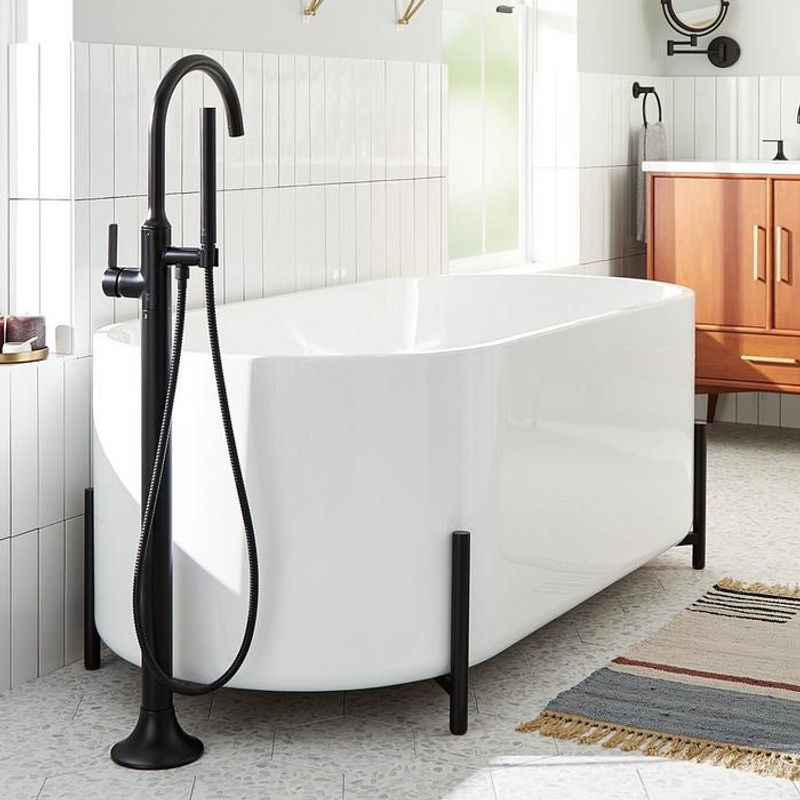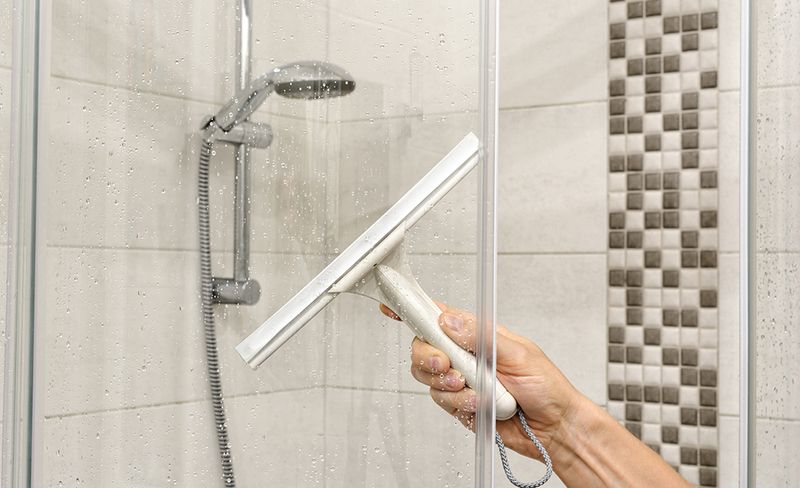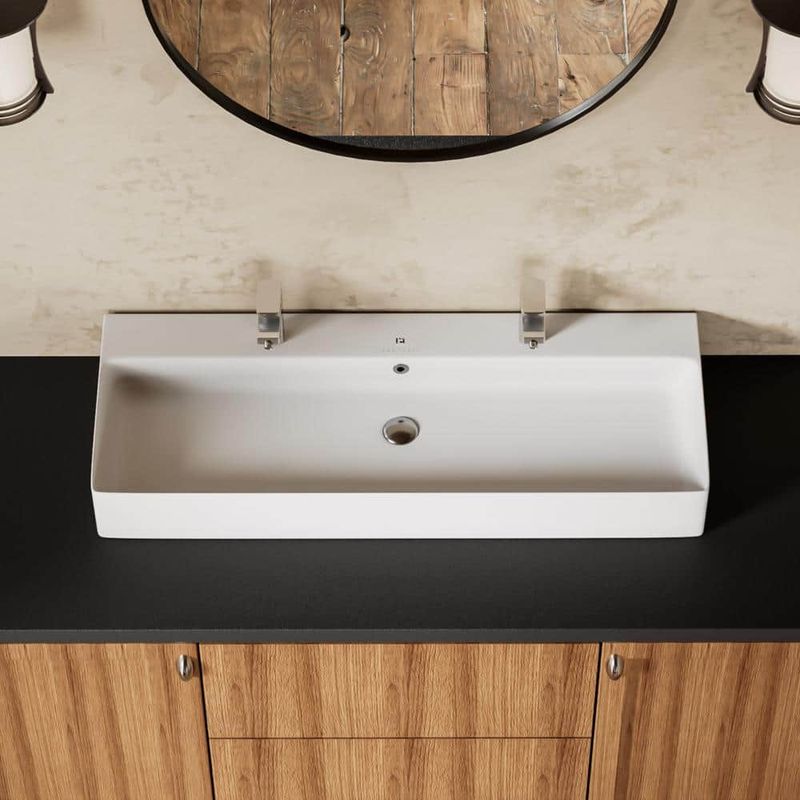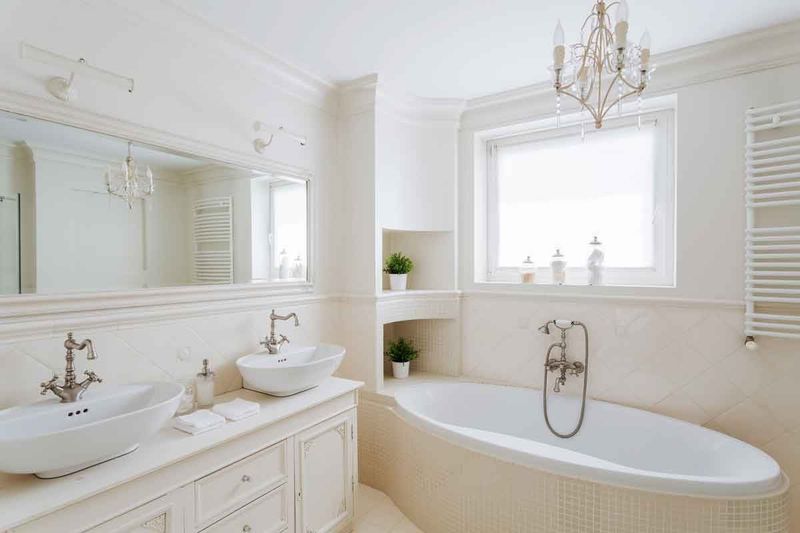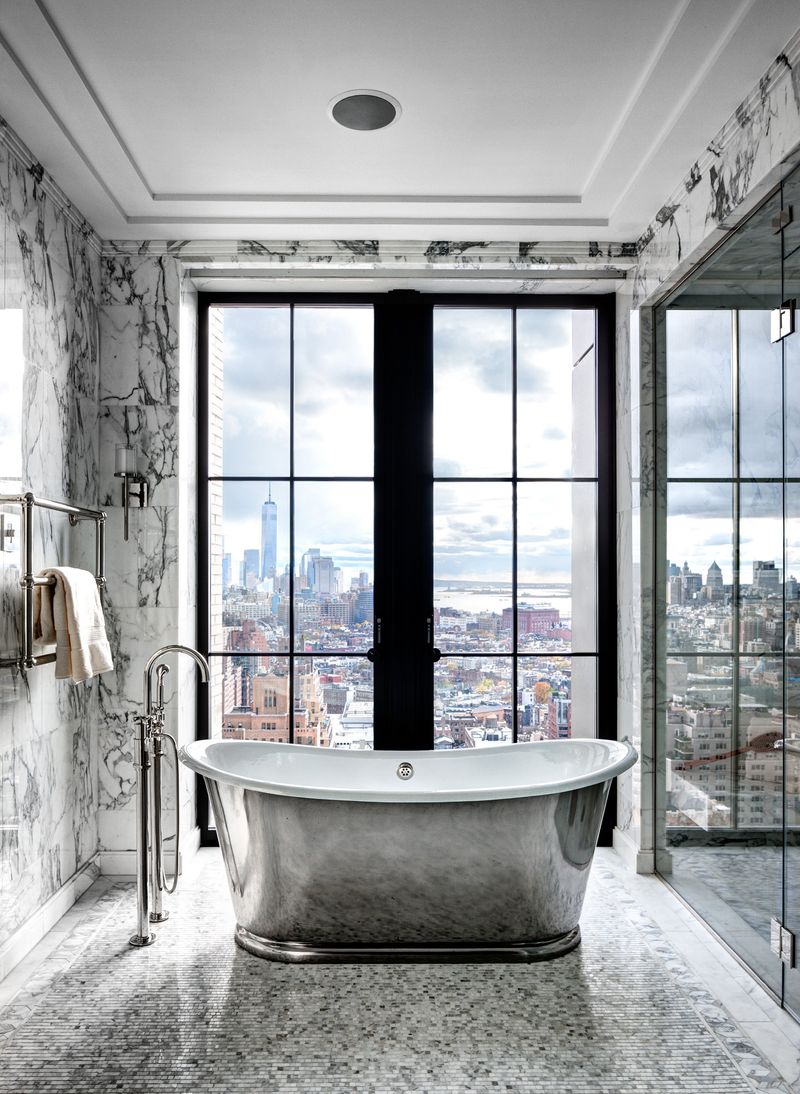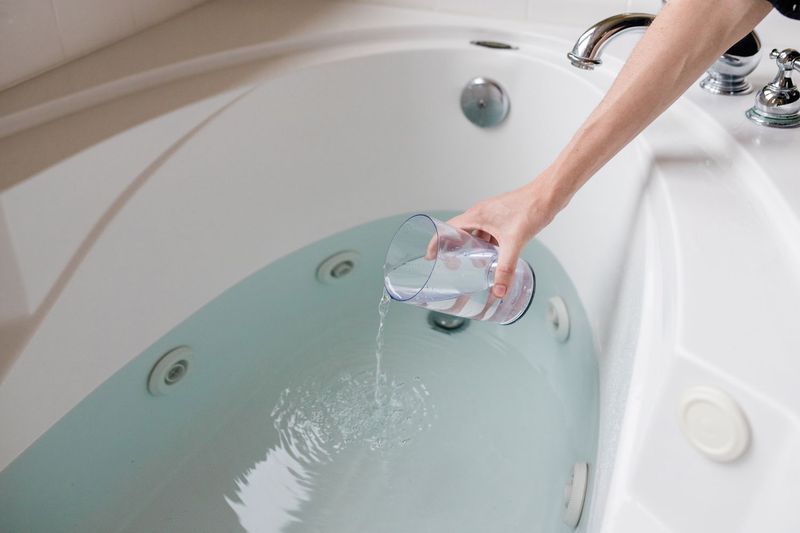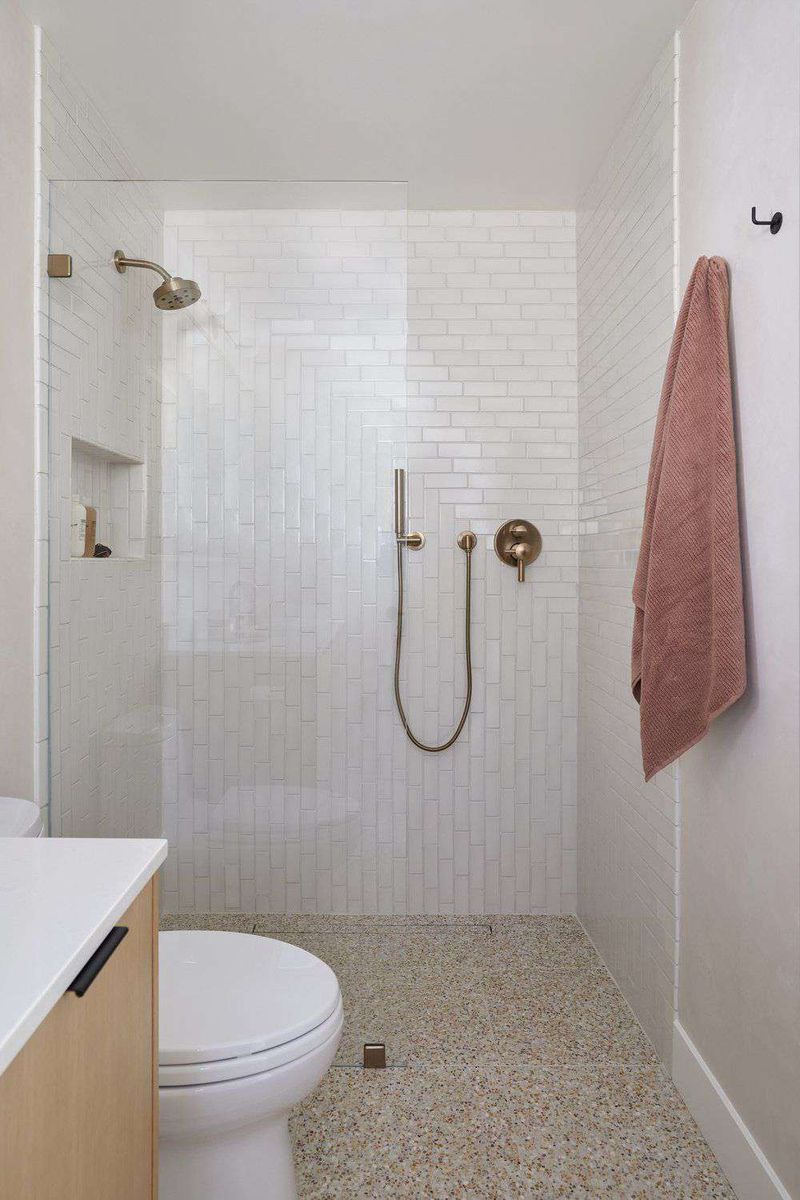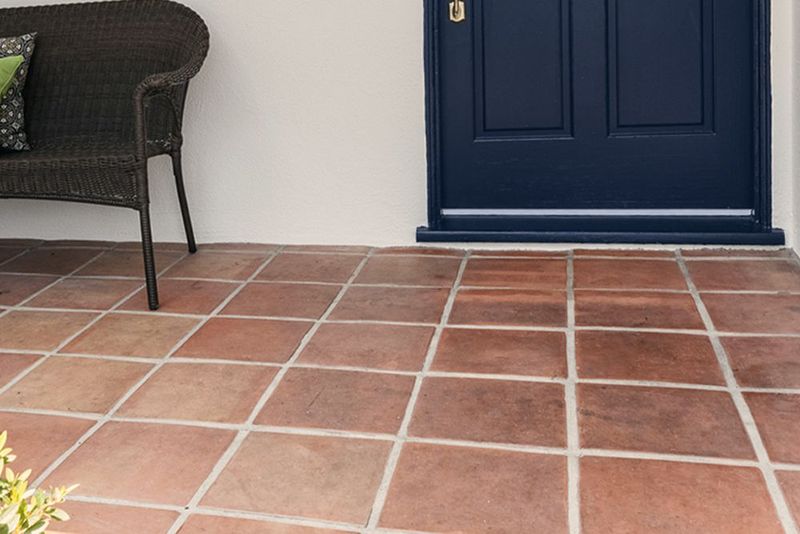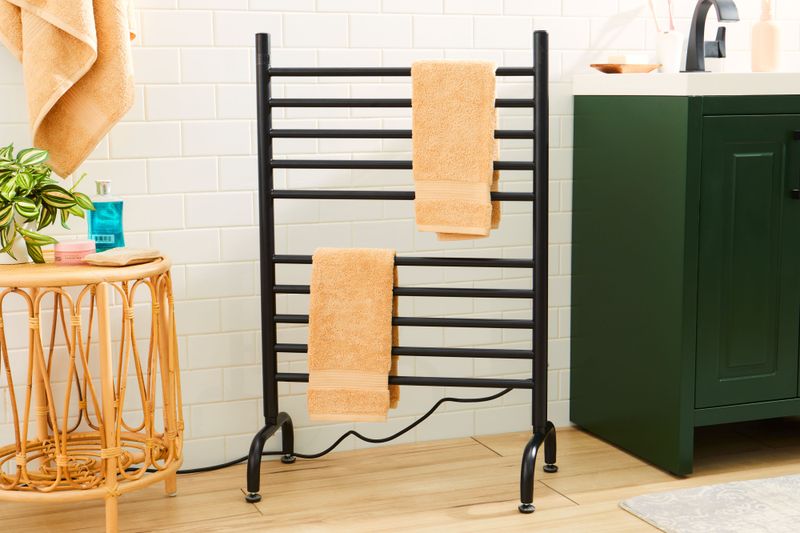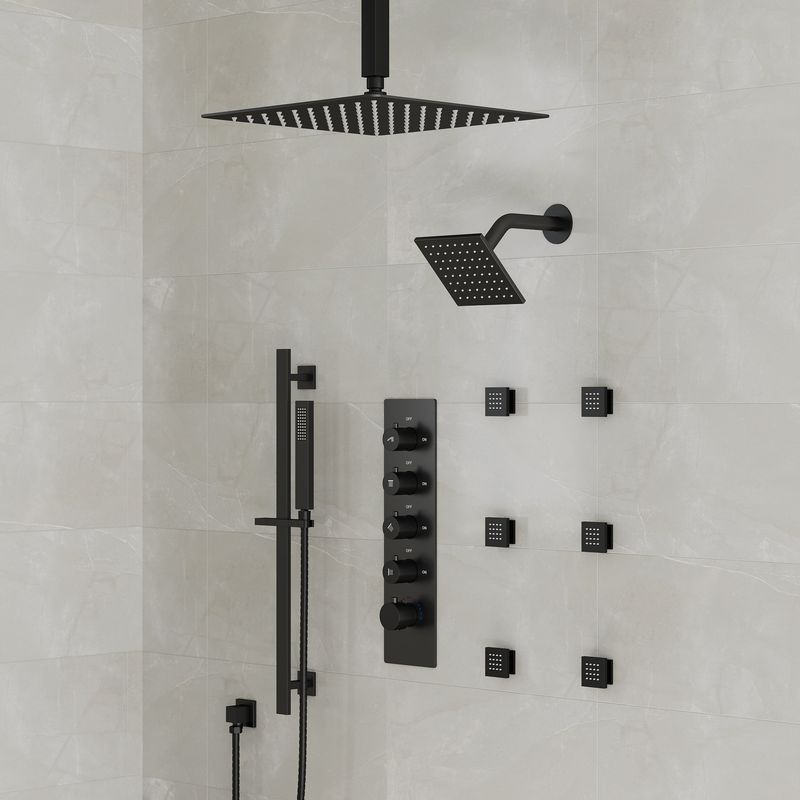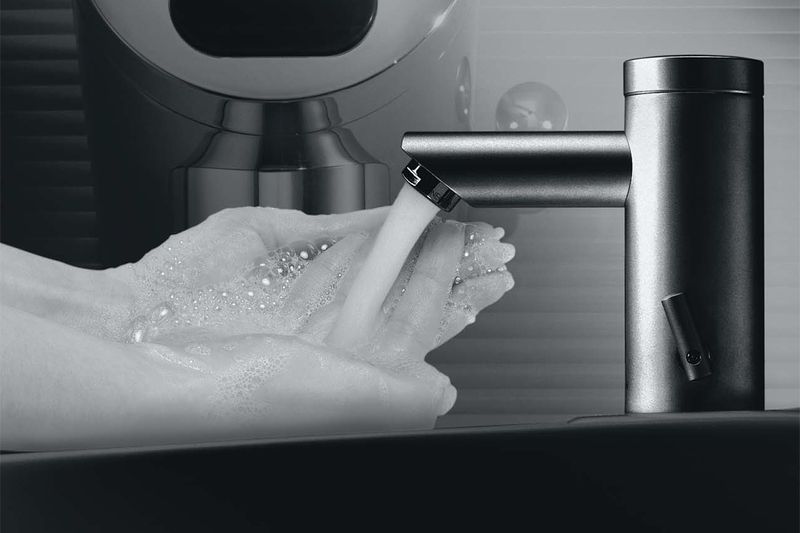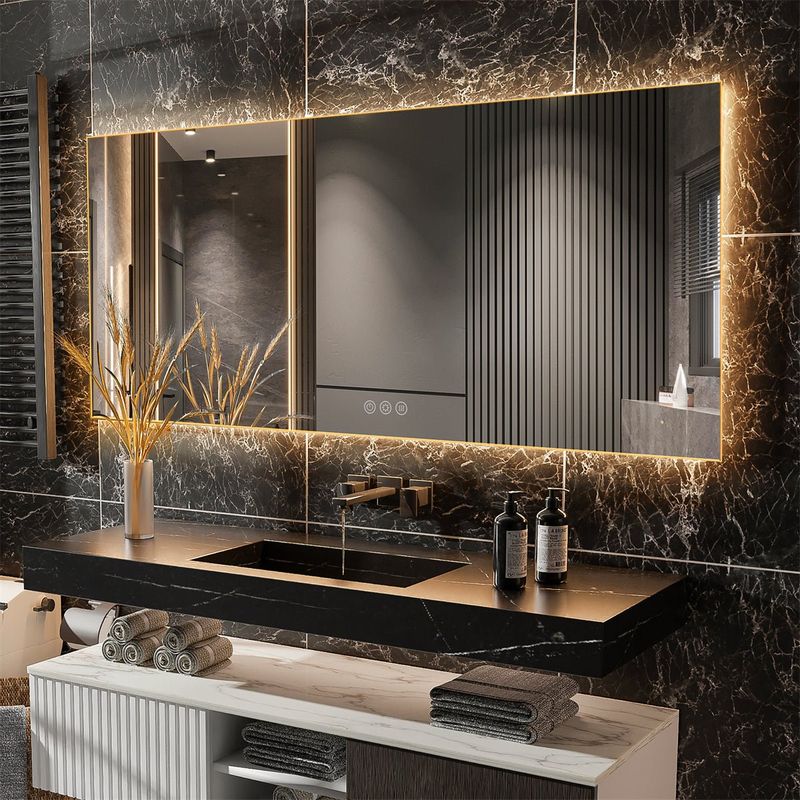Dreaming of a fancy bathroom makeover? Before you dive into that renovation, you might want to think twice about some of those glamorous features you’ve been eyeing.
While Instagram and home design shows make luxury bathroom elements look irresistible, the reality of living with them can be quite different.
Many homeowners discover that what looks stunning in photos becomes a daily headache in real life.
1. Rainfall Shower Heads
Nothing screams luxury like standing under a waterfall in your own bathroom, right? Well, reality hits hard when your water bill arrives. These showstoppers use significantly more water than standard fixtures, sending both water and heating costs through the roof.
People with styled hair often find themselves reaching for shower caps constantly, as even a quick rinse becomes a full hair-washing event. Plus, the fixed overhead position means you can’t easily avoid getting your hair wet or direct water to specific body parts.
2. Vessel Sinks
Sitting pretty atop your counter like decorative bowls, vessel sinks might catch everyone’s eye during house tours. However, the charm quickly fades when you’re constantly wiping water from every surrounding surface after each hand wash.
The awkward height often leads to splashing, and the seam where sink meets counter becomes a breeding ground for mold and grime. Children and shorter adults will struggle to reach comfortably, making a simple task like brushing teeth unnecessarily complicated.
3. Freestanding Soaking Tubs
Who wouldn’t want to recreate those spa-like moments of bliss in a gorgeous freestanding tub? Your back, for one. Many of these statement pieces lack proper ergonomic support, leaving you sliding down or straining your neck during what should be relaxation time.
The space between the tub and wall becomes a dust-collecting nightmare that’s nearly impossible to clean properly. And let’s not forget the workout involved in climbing in and out, which can be downright dangerous when wet, especially for older folks or anyone with mobility issues.
4. All-Glass Shower Enclosures
Fancy seeing your bathroom appear twice as large with those crystal-clear shower walls? You’ll be seeing a lot more than that – mainly your reflection armed with cleaning supplies. Water spots, soap scum, and fingerprints show up instantly on glass enclosures, requiring daily wiping to maintain that showroom look.
Privacy becomes another unexpected issue, especially in shared bathrooms or when guests visit. And the constant squeegee routine after every shower feels like signing up for a part-time cleaning job that nobody warned you about during installation.
5. Double Vanities With Shared Sink
Couples often swoon over the romantic notion of sharing a trough-style sink during morning routines. Fast forward to reality: one person’s toothpaste spit sliding toward the other’s cosmetics zone, hair clippings from shaving mixing with facial products, and constant negotiation over drain space.
The novelty wears thin when you’re elbow-to-elbow trying to wash your face while your partner is shaving. Most people quickly realize that personal space in the bathroom isn’t just nice – it’s necessary for relationship harmony and basic hygiene.
6. Chandelier Over Bathtub
Imagine soaking in your tub while gazing up at a stunning crystal chandelier – pure luxury, right? Electricians and safety inspectors would strongly disagree. This glamorous feature actually violates most building codes due to the obvious hazard of mixing electricity with water.
Even if you manage to install one safely, cleaning becomes a dangerous circus act involving ladders over slippery surfaces. Those delicate crystals collect bathroom moisture, dust, and even bugs, requiring regular maintenance that’s both difficult and risky.
7. Open Shelving For Toiletries
Magazine-worthy bathrooms often showcase artfully arranged open shelves with perfectly matched containers and fluffy rolled towels.
In reality, your bathroom products rarely come in Instagram-worthy packaging, and those shelves quickly become cluttered showcases of half-empty bottles and personal items.
Every product gets coated in a fine layer of dust mixed with bathroom humidity and hairspray residue. Toilet paper stored on open shelves absorbs moisture from showers, making it unpleasantly damp. And let’s be honest – do you really want visitors seeing your hemorrhoid cream and acne treatments on display?
8. Floor-to-Ceiling Windows
Bathing with a view seems like the height of luxury until you realize you’ve created a fishbowl experience for yourself. Unless you live in a secluded area with absolutely no neighbors or passing drones, privacy quickly becomes a major concern.
Temperature control becomes another headache as these massive windows create greenhouse effects in summer and heat loss in winter. Window treatments that provide adequate privacy while withstanding bathroom humidity are surprisingly expensive and difficult to maintain.
9. Jetted Tubs
You might imagine yourself enjoying spa-like massages in your jetted tub, but the reality often involves listening to the loud motor while watching mysterious flakes shoot out of the jets. Those flakes? That’s biofilm – a gross combination of bacteria, mold, and soap residue hiding inside the plumbing you can’t see.
Proper cleaning requires running specialty cleaners through the system regularly, adding to your maintenance routine. Many owners admit their jets rarely get turned on after the novelty wears off, essentially paying thousands extra for a regular tub with unsightly jet holes collecting grime.
10. Gold or Special Finish Fixtures
Those gleaming gold, copper, or matte black fixtures make powerful style statements – until the first water spots appear and refuse to come off without special cleaners.
Many manufacturers warn against using common bathroom cleaners on these finishes, leaving you hunting for specialty products just to maintain basic cleanliness.
Fingerprints show up instantly on most specialty finishes, requiring constant wiping. Water quality issues can permanently damage some finishes, creating spots or discoloration that can’t be removed. When styles inevitably change, replacing these premium fixtures costs significantly more than standard chrome options.
11. Doorless Walk-In Showers
Fans of open-concept living often extend this philosophy to their showers, removing doors for a seamless look. What the design magazines don’t show is water splashing across your bathroom floor no matter how carefully you position the showerhead.
Without a door creating a steam chamber, these showers feel noticeably colder as warm air constantly escapes. Bathroom humidity increases dramatically, potentially causing mold issues on walls and ceilings.
Even with proper sloping, water tends to migrate beyond the shower area, creating slip hazards and deteriorating nearby cabinetry faster than in traditional enclosed showers.
12. Imported Italian Tile
Those handmade terra cotta tiles imported directly from Tuscany might elevate your bathroom’s aesthetic, but they bring unexpected headaches along with their authentic charm. Most artisanal tiles lack the protective sealing of commercial products, requiring frequent resealing to prevent water damage and staining.
Their natural porosity makes them magnets for mildew in humid bathroom environments. Finding replacements for cracked or damaged pieces becomes nearly impossible, often requiring expensive custom orders.
And that beautiful textured surface? It creates countless tiny crevices where dirt and soap scum hide, demanding intensive cleaning with special brushes.
13. Towel Warmers
Wrapping yourself in a heated towel sounds like the ultimate luxury until you realize most towel warmers take 30-45 minutes to heat up. Unless you’re planning your showers far in advance, you’ll rarely enjoy this feature when you actually need it.
These energy-hungry appliances contribute significantly to electricity bills when left running. The heating elements can create perfect conditions for bacterial growth when damp towels are left too long.
Many models have surprisingly small capacity, forcing you to choose which family member gets the warm towel privilege.
14. Elaborate Multi-Jet Shower Systems
You’ve seen those impressive shower setups with body jets spraying from every direction – they’re the epitome of bathroom luxury until your water pressure drops to a disappointing dribble. Most residential plumbing simply can’t supply enough water volume to operate multiple high-pressure jets simultaneously.
Water bills skyrocket as these systems use three to five times more water than standard showers. The complex valve systems frequently develop leaks behind walls where they’re difficult to access. Finding qualified technicians for repairs can be challenging and expensive, often requiring removal of expensive tile work to access components.
15. Motion-Activated Faucets
Waving your hands under a faucet that automatically dispenses water seems futuristic and hygienic, but the technology often fails at the most inconvenient moments. Sensors become confused by bathroom lighting or reflective surfaces, leading to water suddenly shutting off mid-hand-wash or refusing to start at all.
Battery replacements become yet another home maintenance task, often requiring contortionist skills to access compartments hidden under sinks. Temperature control tends to be limited compared to traditional faucets, leaving you with either uncomfortably cold or scalding hot water. When power outages occur, many models provide no manual override option.
16. Backlit Mirrors
Admittedly gorgeous when they work properly, backlit mirrors create that soft, flattering light that makes everyone look their best. The romance fades quickly when bulbs start burning out in sections, creating uneven lighting that’s nearly impossible to fix without removing the entire mirror from the wall.
Condensation from showers can seep into electrical components, creating both safety hazards and functionality issues. Many models generate significant heat when left on for extended periods, making your bathroom uncomfortably warm.

